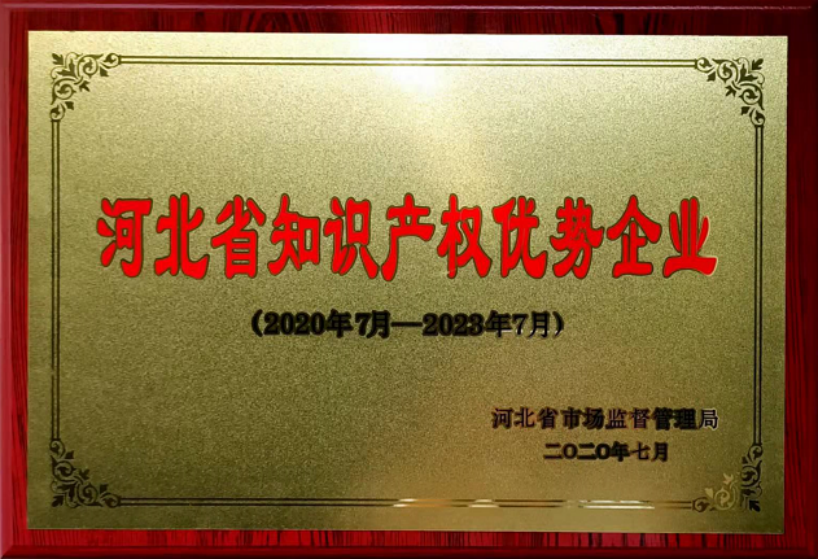
Dec . 05, 2024 22:54
Back to list
Relief Valve Operation and Maintenance for Optimal Performance
Understanding Pressure Relief Valves Function and Importance
In various industrial applications, the management of pressure within systems is crucial to ensuring both efficiency and safety. One of the key components that help achieve this is the pressure relief valve (PRV), known in Arabic as صمام التنفيس. This device is essential in preventing overpressure situations that could lead to equipment failure, catastrophic accidents, and potential loss of life.
What is a Pressure Relief Valve?
A pressure relief valve is a safety device designed to automatically release pressure from a system when it exceeds a predetermined limit. The primary purpose of a PRV is to protect equipment and personnel from the dangers associated with overpressure scenarios. These valves are commonly used in a variety of applications, including boilers, gas storage tanks, and chemical processing systems.
How Does a Pressure Relief Valve Work?
The operation of a pressure relief valve is relatively straightforward. It is typically set to open at a specific pressure, called the set point. When the pressure in the system rises to this set point due to increased temperature, reactions, or leaks, the valve opens, allowing fluid (gas or liquid) to escape. This action reduces the pressure within the system and prevents damage.
There are various types of pressure relief valves, including spring-loaded valves, pilot-operated valves, and rupture disks. Each type has its unique mechanism and applications, but all serve the same fundamental purpose of pressure control.
Importance of Pressure Relief Valves
1. Safety The primary role of PRVs is safety. In many industries, high pressure can lead to explosions, fires, and toxic leaks. By relieving excess pressure, these valves protect workers, equipment, and the environment.
2. Equipment Protection Overpressure can cause severe damage to equipment, leading to costly repairs or replacements. PRVs help extend the lifespan of machinery by maintaining safe operating pressures.
صمام التنفيس

3. Regulatory Compliance Many industries are subject to strict regulations regarding equipment safety and operational standards. Installing pressure relief valves can help companies comply with these laws, avoiding fines and legal issues.
4. Operational Efficiency By maintaining optimal pressure levels, PRVs can improve the efficiency of production processes. They help ensure that equipment operates within its designed limits, thus maximizing performance and minimizing energy consumption.
Common Applications
PRVs are utilized across various sectors, including
- Oil and Gas Protecting pipelines, storage tanks, and processing equipment from overpressure. - Chemical Processing Ensuring safe operation in reactors and other machinery where chemical reactions can generate excess pressure. - Water and Wastewater Treatment Managing pressure in pumps and pipelines to prevent system failures.
Maintenance and Inspection
Regular maintenance and inspection of pressure relief valves are vital for ensuring their reliable operation. Here are some best practices
- Routine Testing Periodically test the valves to ensure they open and close at the correct pressures. - Inspect for Damage Regularly check valves for signs of wear, corrosion, or mechanical failure. - Documentation Keep accurate records of inspections and maintenance activities to comply with safety regulations and ensure accountability.
Conclusion
In conclusion, pressure relief valves are critical components in many industrial systems, providing safety, equipment protection, and compliance with regulatory standards. Understanding their function, importance, and maintenance requirements is essential for anyone involved in operations that handle pressurized systems. By investing in quality PRVs and adhering to best practices, companies can safeguard their assets and ensure the safety of their workforce.
Latest news
-
Safety Valve Spring-Loaded Design Overpressure ProtectionNewsJul.25,2025
-
Precision Voltage Regulator AC5 Accuracy Grade PerformanceNewsJul.25,2025
-
Natural Gas Pressure Regulating Skid Industrial Pipeline ApplicationsNewsJul.25,2025
-
Natural Gas Filter Stainless Steel Mesh Element DesignNewsJul.25,2025
-
Gas Pressure Regulator Valve Direct-Acting Spring-Loaded DesignNewsJul.25,2025
-
Decompression Equipment Multi-Stage Heat Exchange System DesignNewsJul.25,2025

